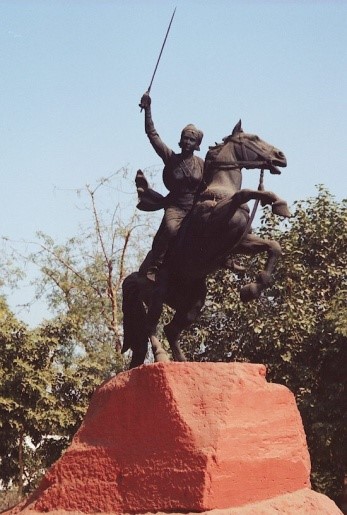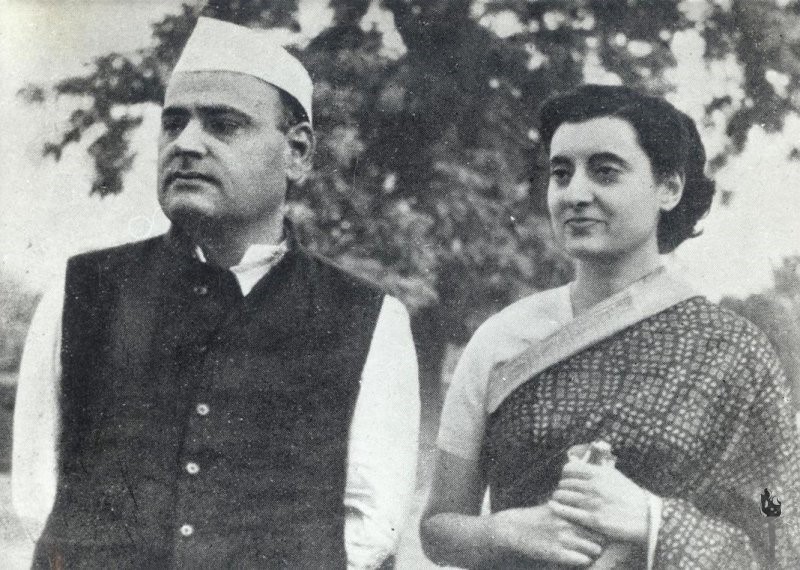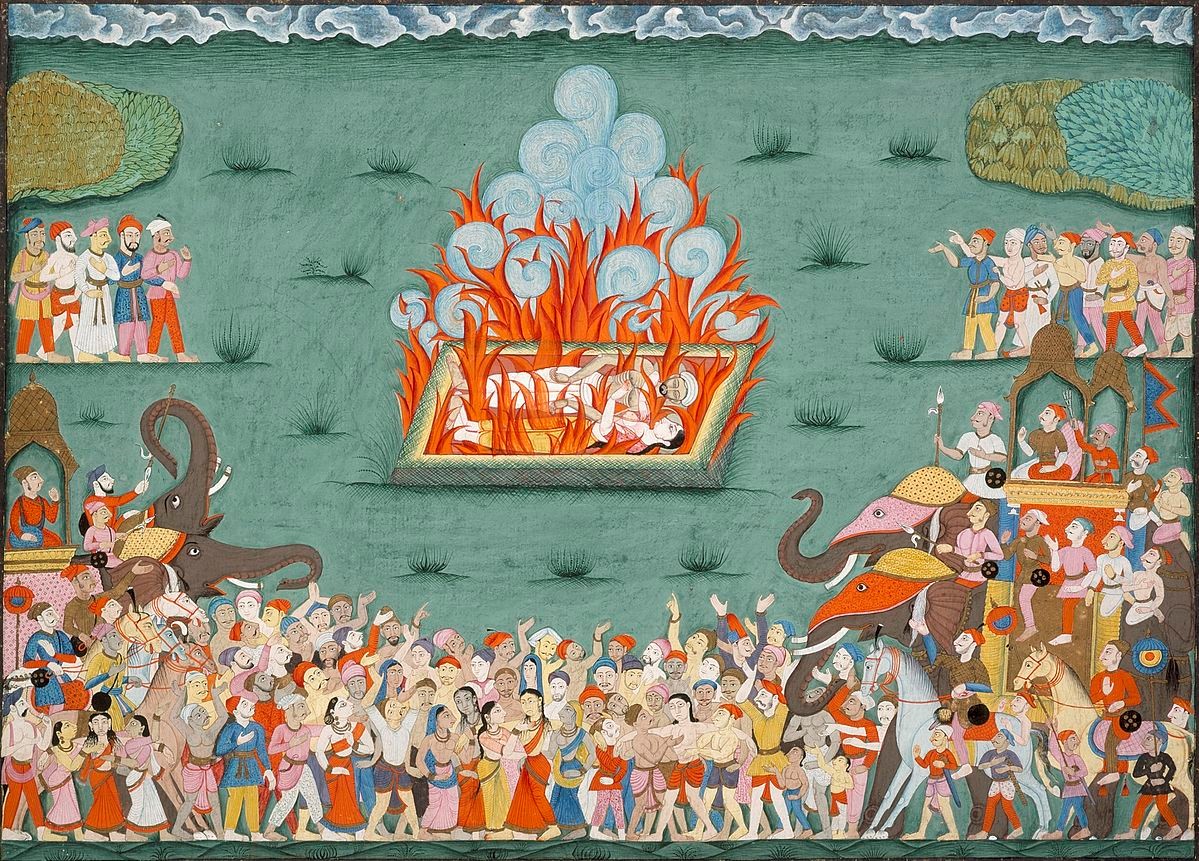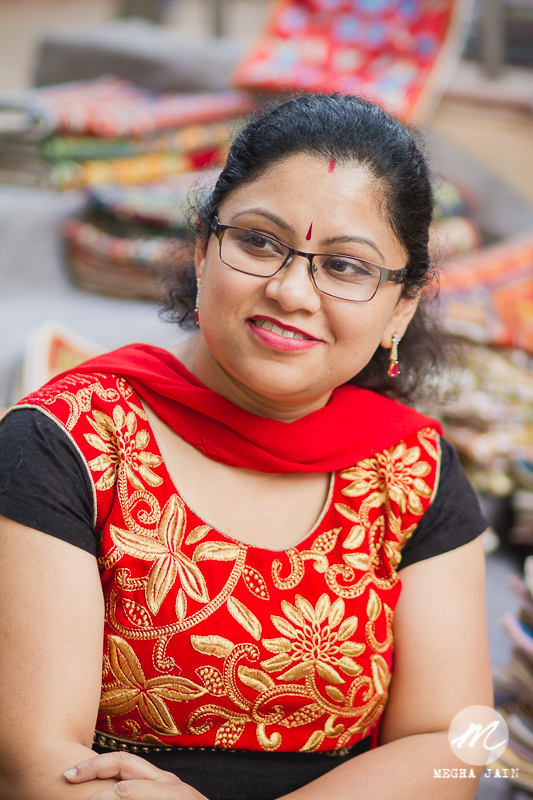“Don’t stare at your grandma when she is back from the river. You are newly-wed”
It was certainly the dark day in our life, when my legendary grandfather left us for his heavenly abode. Widows of the community escorted grandma to the river near-by to transform her to be one among them and thus began her journey of widowhood. Married only for a few weeks I was instigated to stay away from the deadly ritual, yet not giving a heed I hugged grandma as she entered home draped in white robes. The memories are still painfully engraved in my heart. How I wish I could have been more active in those crucial hours! I was too young to protest, I was too naive to sense how to protest.
“Do you know; the widows are two and a half times more susceptible to die by suicide in the first year of widowhood? Many succumb to death due to different reasons, be it heart attack, car accident, cancer, and others, yet the general theory being they lack the desire to live.”
Practice of Widowhood in India
Widowhood is a strange practice in India. The same hands that decorate the bride with Heena or Alta, would break her bangles and ask her to wear whites for the rest of her life. It’s not a distant past when widows used to be forcefully cremated alive on the funeral pyre of husband. Those who were spared had a much inferior life; with restricted diet, dressing code as well as pitiful living it’s a life of ashes & burns, a life of “Living Sati”.
Even in the twenty first century not much has changed. People still treat widows like ghosts, not uttering a single word of kindness to them, shunning them from weddings, ceremonies and even in certain temples. It’s worthy to note that next to China, India is home to second highest number of widows in the world. As per recent report, there are 71 million single women in India that includes unmarried, divorcees and widows; the number on the rise almost 39% over a decade. Also around 4.6% or close to 5.6 crores of population in India are widows who are the forgotten sufferers most of whom are malnutritioned, vulnerable to diseases and slavery.
And the world
Widows especially those who belong to lower socio-economic group have been silent sufferers for centuries across the world until generous people started taking suitable actions to empower them. While Raja Ram Mohan Roy was trying his best to abolish Sati in India, the plight of widowed women was not far better in England, the land where sun never set in that era. In year 1812 few similar noble people in Scotland had initiated Scottish Widows a life, pensions and investment company for the welfare of the ladies who lost their bread-earners. Gradually pension and compensation schemes were introduced by governments and banks to support livelihood of widows in almost every corner of the world.
Widows of Hope
Have you ever watched a free flying bird from the blue sky forcibly imprisoned in a cage? Such is the plight a widow. Women who have undergone this phase of brutality often share five stages of mourning i.e. denial & isolation, anger, bargaining, depression and finally acceptance; though not all are strong and lucky enough to cross them all. While many perish in the dark hole of depression, here are few widows who could break social and economical barriers and have brought hope as well as prosperity to other lives.
Rani Laxmi Bai: Marathi Warrioress Manikarnika was a young widow in her twenties when her much older husband, the King of Jhansi left the mortal world leaving her to deal with mighty British on her own. Yet that did not stop the queen to be the torchbearer of the first war of independence and set an example to the world what does it mean to live an honorable life, even if short.

Pic source: Gyanendrasinghchauha… [CC BY 3.0 (http://creativecommons.org/licenses/by/3.0)], via Wikimedia Commons

Pic source: See https://commons.wikimedia.org/wiki/File%3AFeroze_Gandhi_and_Indira_Gandhi.jpg, via Wikimedia Commons
Sheryl Sandberg: This Facebook’s humanitarian COO, donated $110 million honoring her late husband; most of the money would go to her charitable trust that helps grieving families. She has also introduced a new dimension to the bereavement policy in Facebook to assign more paid leaves to employees who pass through this difficult phase of their life.

Pic source: By World Economic Forum from Cologny, Switzerland [CC BY-SA 2.0 (http://creativecommons.org/licenses/by-sa/2.0)], via Wikimedia Commons
Contributed by : Debajani Mohanty, Awarded Author & Woman Activist, Senior I. T. Professional with NIIT Technologies Ltd. (www.debajanimohanty.com)



